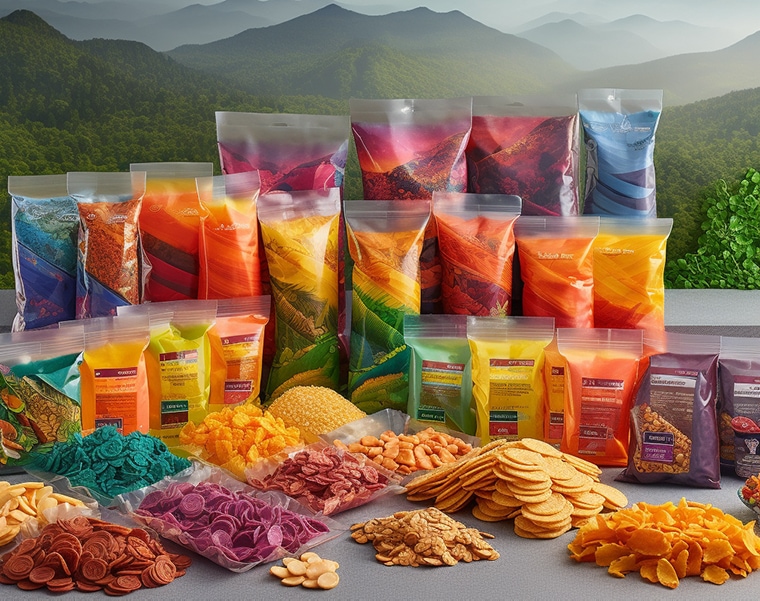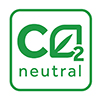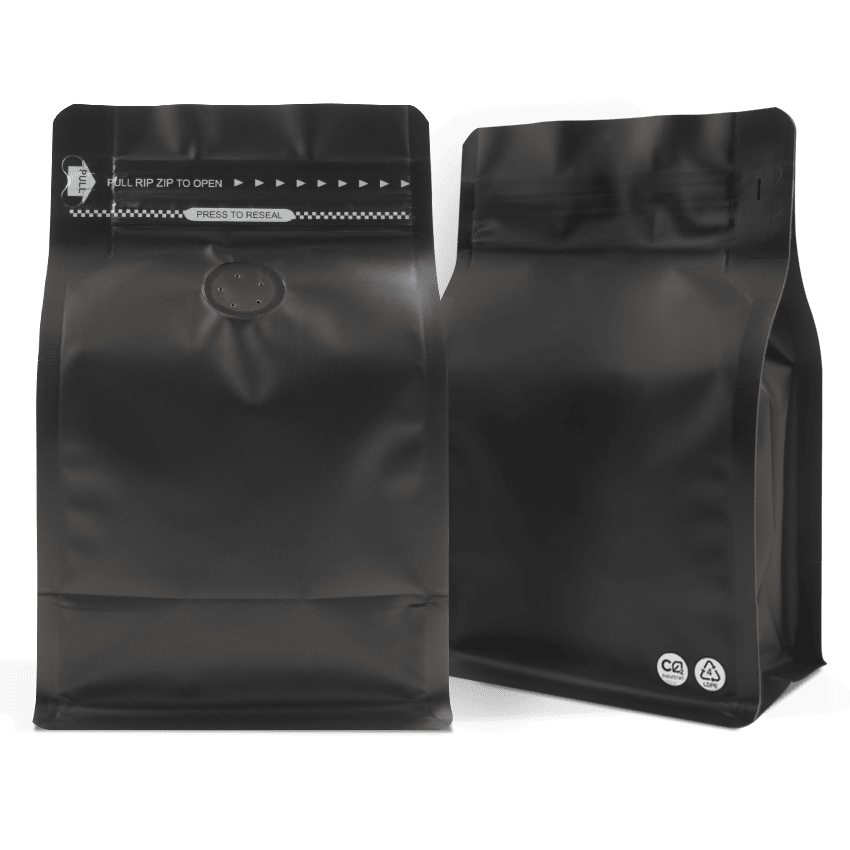Blog
Decoding the Mass Balance Approach in PCR Packaging
As a prominent player in the flexible packaging sector over two decades, The Bag Broker has a wealth of industry experience, highlighted by milestones such as achieving CO2 neutrality, acquiring BRCGS certification, and launching the UK’s first compostable bags. Our vast array of customized global projects further cements our position as subject-matter experts.
This article serves to provide our insight on the increasingly important role of Post-Consumer Recycled (PCR) content and the Mass Balance methodology within sustainable packaging practices.

Unraveling the Mass Balance Method
Primarily, the Mass Balance technique is a system of tracking the volume of recycled content within the supply chain. It’s an invaluable tool in the sustainable packaging sector, where it lets us combine virgin and recycled elements during production and precisely document the amount of recycled content incorporated.
The concept of Mass Balance is built around the principle that each increment of recycled material introduced into the manufacturing process corresponds to an equivalent volume of product that can be labeled as ‘recycled content’.
Why Mass Balance Holds Value in PCR Packaging?
In PCR packaging, the Mass Balance method carries a profound significance:
Encouraging the Inclusion of Recycled Material
One of the foremost roles of Mass Balance is to make it economically feasible for manufacturers to embed more recycled content into their products. The method simplifies the manufacturing process and reduces its cost, therefore inspiring the usage of more recycled content.
Enhancing Transparency and Establishing Trust
Mass Balance serves as a tool to verify recycled content claims. This mechanism allows manufacturers like us at The Bag Broker to credibly assert the proportion of recycled content in our products, thereby reinforcing our relationship with customers and retailers.
Advocating Sustainability
By endorsing the use of recycled materials, Mass Balance contributes to sustainability. It diminishes the dependency on virgin resources, helps minimize waste, and often results in reduced energy consumption during manufacturing.
Tackling the Hurdles and Executing Solutions in Mass Balance
Implementing the Mass Balance approach is not without its hurdles, the main one being the intricate task of tracking and validating the quantity of recycled content across the supply chain. Ensuring accurate records is vital to avoid false claims regarding a product’s recycled content.
Robust tracking systems and standardized procedures can help overcome these challenges. Furthermore, third-party certifications such as the Recycled Claim Standard (RCS) or the Global Recycled Standard (GRS) can standardize the verification process and provide further transparency about recycled content claims.
In Conclusion: The Potential of Mass Balance in Shaping Sustainable PCR Packaging
Despite its complexities, the Mass Balance approach holds significant promise for advocating sustainability in packaging. As the eco-conscious consumer base grows, the demand for recycled packaging will inevitably rise. By adopting the Mass Balance method, companies like The Bag Broker can spearhead the shift towards a more sustainable packaging industry.
By precisely claiming and verifying recycled content in packaging, we can satisfy the increasing demand for eco-friendly products, thereby playing an instrumental role in shaping future manufacturing processes.


